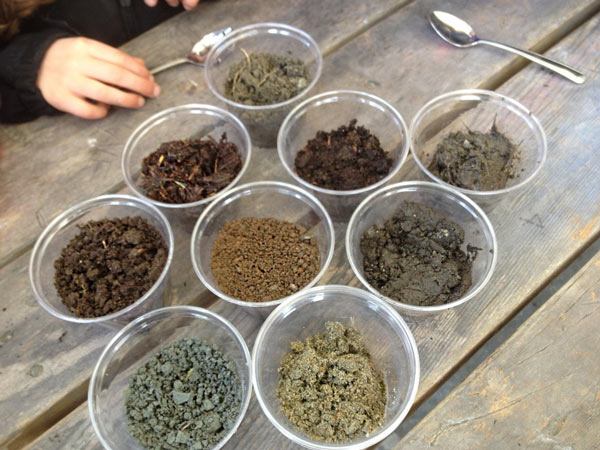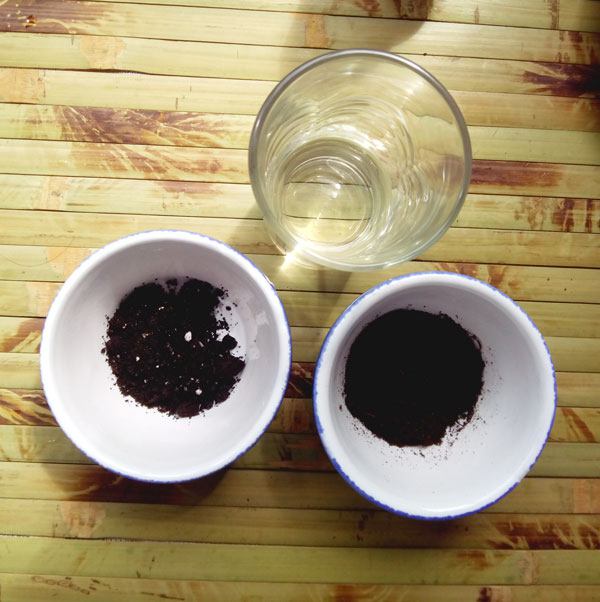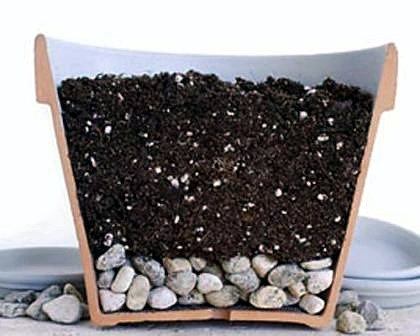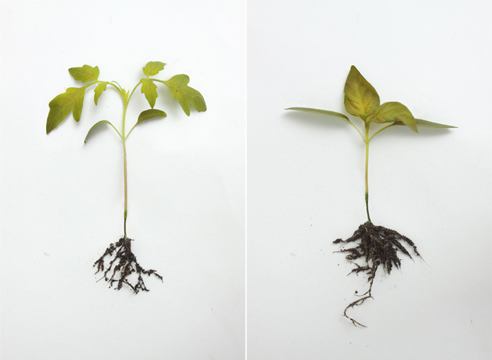The right soil for culinary herbs is as follows: 1 part peat, 1 part sand, and 1 part disinfected vegetable garden black soil. How to disinfect soil, I wrote here . This is a universal recipe.
On one hand, culinary herbs can tolerate almost any soil as long as the appropriate watering and sufficient light are provided. On the other hand, the quality and composition of the soil can affect the yield and health of the plant.

The soil requirements of different herbs can vary significantly. An important factor is the soil’s acidity. Below is a list of the most popular herbs and recommendations for soil composition for them.
Soil for rosemary - loose, sandy, light soil mixed with turf and humus in the ratio 1 sand + 2 turf + 2 leaf mold + 2 humus. Some recommend planting rosemary in cactus soil. Acidity: 5.0-6.0, 6.0-7.0.
Soil for lavender - ideally, peat and sand, i.e., soil with an alkaline reaction. Succulent soil mix is suitable. The soil must be light and well-drained. For slight alkalization, crushed eggshells can be added to the soil.
Soil for thyme - light, loose, and limestone-enriched. Add some coarse sand to the pot. Thyme dislikes acidic soils. To determine soil acidity, pour a teaspoon of vinegar over a teaspoon of soil. If the mixture fizzes, the soil is alkaline, meaning there is enough lime. If there is no reaction, the soil is acidic. If you need to lower acidity, add lime. To increase, add sulfur, kefir, or pine needles. I believe this topic deserves further focus in a separate article.
Soil for bay laurel - nutrient-rich and loose, composed of equal parts turf, leaf mold, peat, humus, and sand. Laurel cuttings for rooting can be placed in wet sand. Laurel is often grown in citrus soil mixes.
Soil for oregano - light, leached black soil or gray forest soil. In reality, oregano is not picky about the soil composition. The main elements are drainage, aeration, and the prevention of water stagnation. Water from the tray should drain completely. Oregano is a very undemanding plant that thrives wonderfully with minimal care on the windowsill.
Soil for ginger - loose, phosphorus-rich, with added sand. A citrus soil mix will work. Recommended practice: in a shallow or wide pot, layer drainage, sand, and soil. The article on growing ginger on a windowsill provides more detailed recommendations.
Soil for lemon balm - loose, non-clayey, light, and well-draining. As always, I recommend loosening the soil with perlite and vermiculite. Lemon balm is not the easiest to germinate, so the lighter the soil, the easier it will be for tiny sprouts to emerge. The soil pH for lemon balm should be neutral. If you follow these tips, lemon balm will grow just as well on your windowsill as it would in the garden.
Soil for tarragon - slightly acidic or neutral, with a pH of 6-7. A garden loam with humus and peat is suitable. The soil should not be overly fertile, as excessive foliage growth can reduce the accumulation of essential oil in the leaves.
Soil for sage - fertile loam with normal acidity of 5.5-6.5 pH. Sage is highly demanding when it comes to fertilization.
Soil for basil - fertile, light, sandy loam. It is essential to add vermicompost and organic matter. Highly recommend fertilizing with wood ash and yeast .
If you prepare the right soil mix and follow the watering recommendations, your plants will thrive and bring you joy for years to come.



